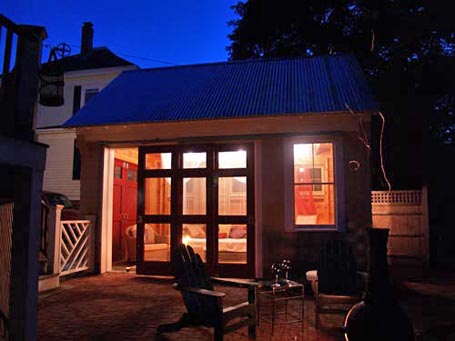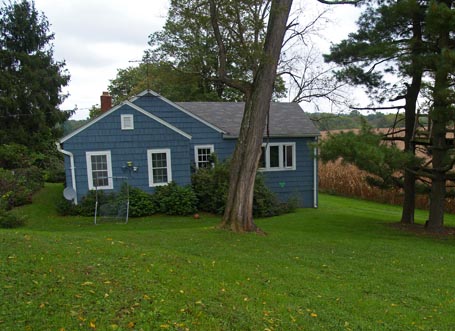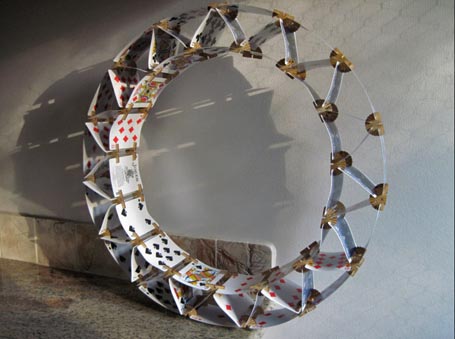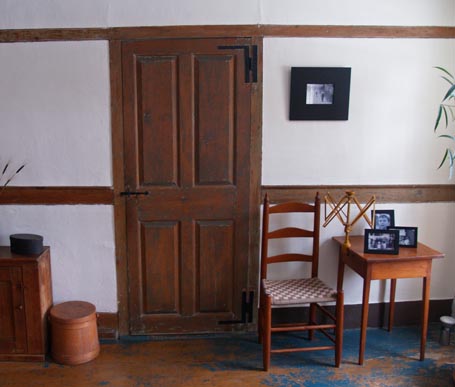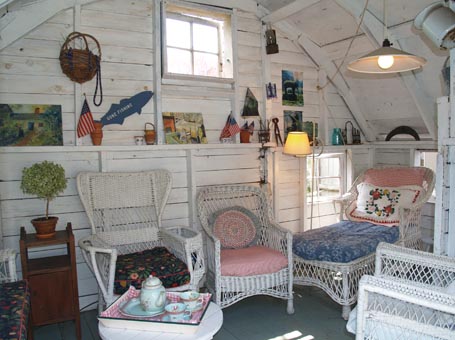 Wicker in my parents' summerhouseAvery Corman’s “Moving Through Grief, Chair by Chair” in last weekend’s New York Times touches on our unique relationship to the furniture and furnishings of the lives we hold dear. Corman writes tenderly of his late wife’s talent for finding and selecting the things that outfit their country home, their New York apartment, their friends’ homes, and the homes of those who were patrons of her shop in Bridgehampton, N.Y.
Wicker in my parents' summerhouseAvery Corman’s “Moving Through Grief, Chair by Chair” in last weekend’s New York Times touches on our unique relationship to the furniture and furnishings of the lives we hold dear. Corman writes tenderly of his late wife’s talent for finding and selecting the things that outfit their country home, their New York apartment, their friends’ homes, and the homes of those who were patrons of her shop in Bridgehampton, N.Y.
Though Corman is the author of the novel Kramer vs. Kramer, he and his wife were happily married. She died in 2004. Corman “nearly remembers” where she acquired each piece of wicker furniture, quilt, and pillow. Each had a story, her and his story. Of course, we are more than our furniture and furnishings, but they do reflect the lives we’ve opted to embrace.
I remember when my husband and I were a young, unmarried couple, living together in Rhode Island. Money was tight and our budget for furniture and furnishings was minimal to non-existent. I had grown up with my mom’s favorite wicker furniture -- on the family porch in the summer and then in the family breakfast area off season. I’d taken a liking to the informality of wicker; plus, it was more economical than many other furniture options. When my then future-husband got wind of my intention to hunt for some wicker furniture, he informed me, in no uncertain terms, that there would be no wicker in our house. Since he was typically more concerned with boats and boat gear than domestic décor, and rarely one to declare a non-ironic rule, I found his no-wicker edict charming. It became one of our pet jokes. I would taunt him with catalogs depicting fussy white wicker dressed up with floral cushions, and tease that I was placing an order. But to this day, no wicker has darkened our home’s doorstep, and a reminder of its absence brings smiles to our faces.
Furniture and furnishings, those pieces we’ve intentionally selected or intentionally not selected, often reveal who we are.
by Katie Hutchison for House Enthusiast


